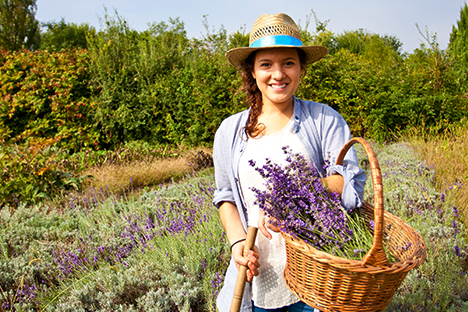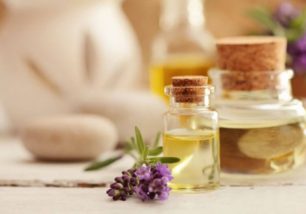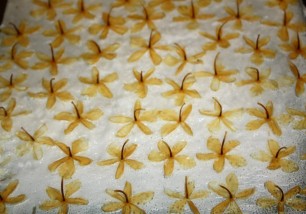DANDELION
BOTANICAL NAME:Taraxacum officinale (L.) Weber F.H. Wigg.

PLANT DATA
| Common Name: | Dandelion |
| Botanical Name: | Taraxacum officinale (L.) Weber F.H. Wigg. |
| Family: | Asteraceae |
| Origin: | Present in all the temperate areas of Northern and Southern hemispheres at different altitudes. |
| Other names: | ES: Diente de lèon FR: Dent-de-lion DE: Lӧwenzahn |
Latest tag


Herbaceous perennial species, it has a very large taproot. The leaves, arranged in a basal rosette, are deeply incised to form unequal triangular lobes. The flowers, ligulate and yellow, are collected in solitary flower heads that are at the end of a long, hollow stem filled with latex.
At maturity the flower head changes into a characteristic fluffy sphere whose rays are constituted of by the fruit: little achenes covered with pappus. It blooms from April-May and September.
HERBAL TEA CUT
The roots are washed, coarsely cut and put to dry. The tisane cut obtained is used for the preparation of decoctions.
TINCTURE
Obtained from maceration of the whole flowered plant in a 45-proof hydro alcoholic solution.
CLIMATE AND SOIL:
Dandelion is a plant that has a wide geographical spread, diffused spontaneously from the sea level up to 200 meters of altitude. The cultivation requires soils with a good availability of nutrients and, in particular, potassium.
PLANTING AND PROPAGATION:
Propagation generally occurs by seed or by transplanting seedlings prepared in nurseries.
Sowing is carried out at the beginning of spring. The sowing varies depending on the destination of the product: if one wants to farm the roots, the seeds are placed 25-30 cm between the rows and 8-10 cm within the rows. For the horticultural production of leaves, it is preferred to have broadcast seeding on land arranged in ridges.
Sowing in seed beds can be carried out from April to July with subsequent transplanting after 40-60 days when the seedlings have reached a height of at least 5 cm.
CROP DURATION:
The crop has a multi-year duration, but it is not convenient to keep it over the second year.
CULTIVATION CARE:
Because of the very small dimensions, the seeds must be placed very superficially, no more than half a centimeter deep.
The crop is quite simple and requires normal weeding interventions against weeds.
HARVESTING:
The collection of leaves to be used as fresh vegetable can take place throughout the year, while for those destined for herbal use it is better to wait for the flowering, when the content of active ingredients is higher. The roots are instead harvested in the autumn of the second year.
The collection of the latter can easily be mechanized with cultivators.
PARTS OF THE PLANT USED:
Roots, whole plant, leaves (mainly for culinary use).
PROPERTIES AND USES:
Folk medicine has always recognized this plant's power to stimulate liver and digestive functions.
This property, widely demonstrated also by modern herbal medicine, is mainly attributed to the presence of bitter principles inside the plant.
Its powerful diuretic action has also been demonstrated which, associated with the action on the liver, make it an excellent remedy for drainage and depuration, which translates into an increase in the elimination of unnecessary and harmful substances from the body, causing a reduction in the hepatorenal district.
Moreover, as a consequence of the strengthening of the hepatic activity, in particular of the flow of bile, the drug also possesses a mild laxative action.
Due to its ability to stimulate the body's detoxification systems (mainly liver, intestine and kidneys), Dandelion is used as a general tonic in "spring treatments" from April to May and in autumn.
Dandelion-based preparations are administered as preventive treatment for subjects predisposed to kidney stones, but not only, even in cases of alteration of the biliary flow, lack of appetite, digestive disorders and flatulence. It is good to remember that the roots have a more marked hepatic action, instead the leaves act mainly at the renal level.
The roots also have an important probiotic action, as they contain Inulin, a polysaccharide that acts as a substrate for the positive intestinal bacterial flora. The leaves are used in the culinary field cooked or raw in salads, and can therefore be defined as a medicine-food as they have a good amount of vitamins and minerals.



